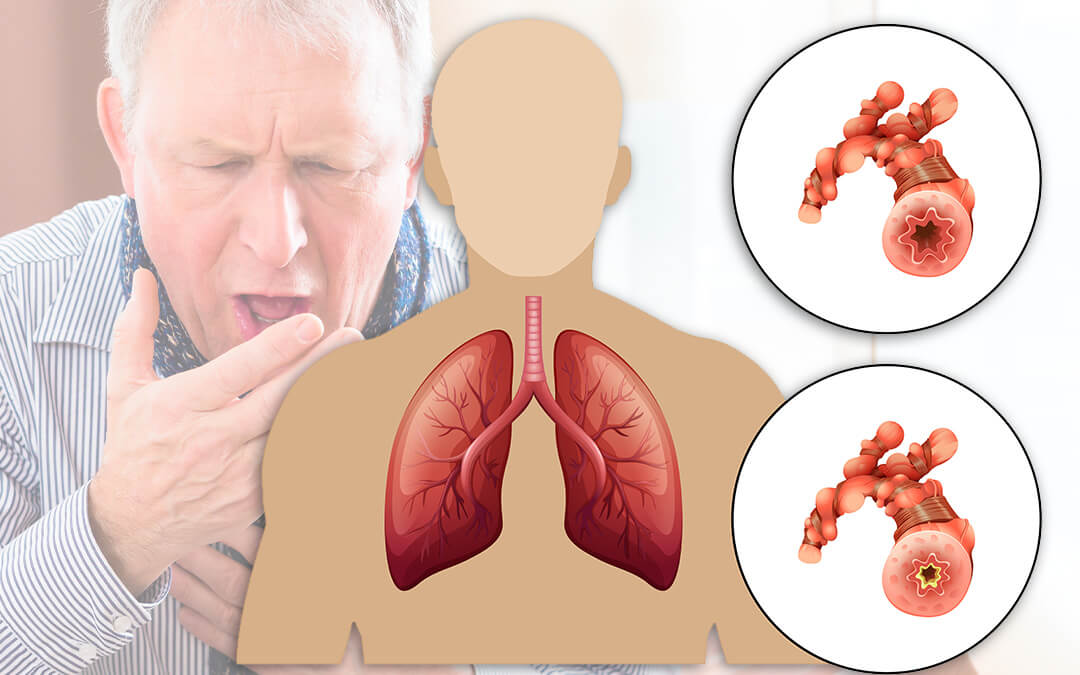COPD, Asthma, Pneumonia
Understanding COPD, Asthma, and Pneumonia
Chronic Obstructive Pulmonary Disease (COPD), Asthma, and Pneumonia are respiratory conditions that can severely impact breathing and overall lung health. Understanding these conditions is crucial for timely diagnosis and effective management.
COPD:
COPD is a chronic inflammatory lung disease that causes obstructed airflow from the lungs. It commonly results from long-term exposure to irritating gases or particulate matter, often from cigarette smoke. Symptoms include breathing difficulty, chronic cough, mucus production, and wheezing. Treatment involves medications such as bronchodilators, pulmonary rehabilitation, and lifestyle changes to improve breathing.
Asthma:
Asthma is a chronic respiratory condition that causes the airways to become inflamed and narrow, resulting in episodes of wheezing, breathlessness, chest tightness, and coughing. Asthma triggers may include allergens, pollutants, and respiratory infections. Inhalers, corticosteroids, and lifestyle adjustments are key to managing asthma effectively.
Pneumonia:
Pneumonia is an infection that inflames the air sacs in one or both lungs, which may fill with fluid or pus. Common symptoms include chest pain, fever, chills, cough with phlegm, and difficulty breathing. Pneumonia can be caused by bacteria, viruses, or fungi, with treatment varying accordingly. Antibiotics, antiviral drugs, and supportive care are commonly used to treat pneumonia.
Prevention and Management:
Preventive measures such as vaccination, maintaining good hygiene, avoiding smoking, and timely treatment of respiratory infections are essential in reducing the risk of COPD, Asthma, and Pneumonia. Individuals with chronic respiratory conditions should regularly monitor their symptoms and follow prescribed treatment plans to maintain lung health.
In conclusion, understanding the causes, symptoms, and treatment options for COPD, Asthma, and Pneumonia is crucial for effective management. Early diagnosis and appropriate care can significantly improve the quality of life for individuals affected by these respiratory conditions.


